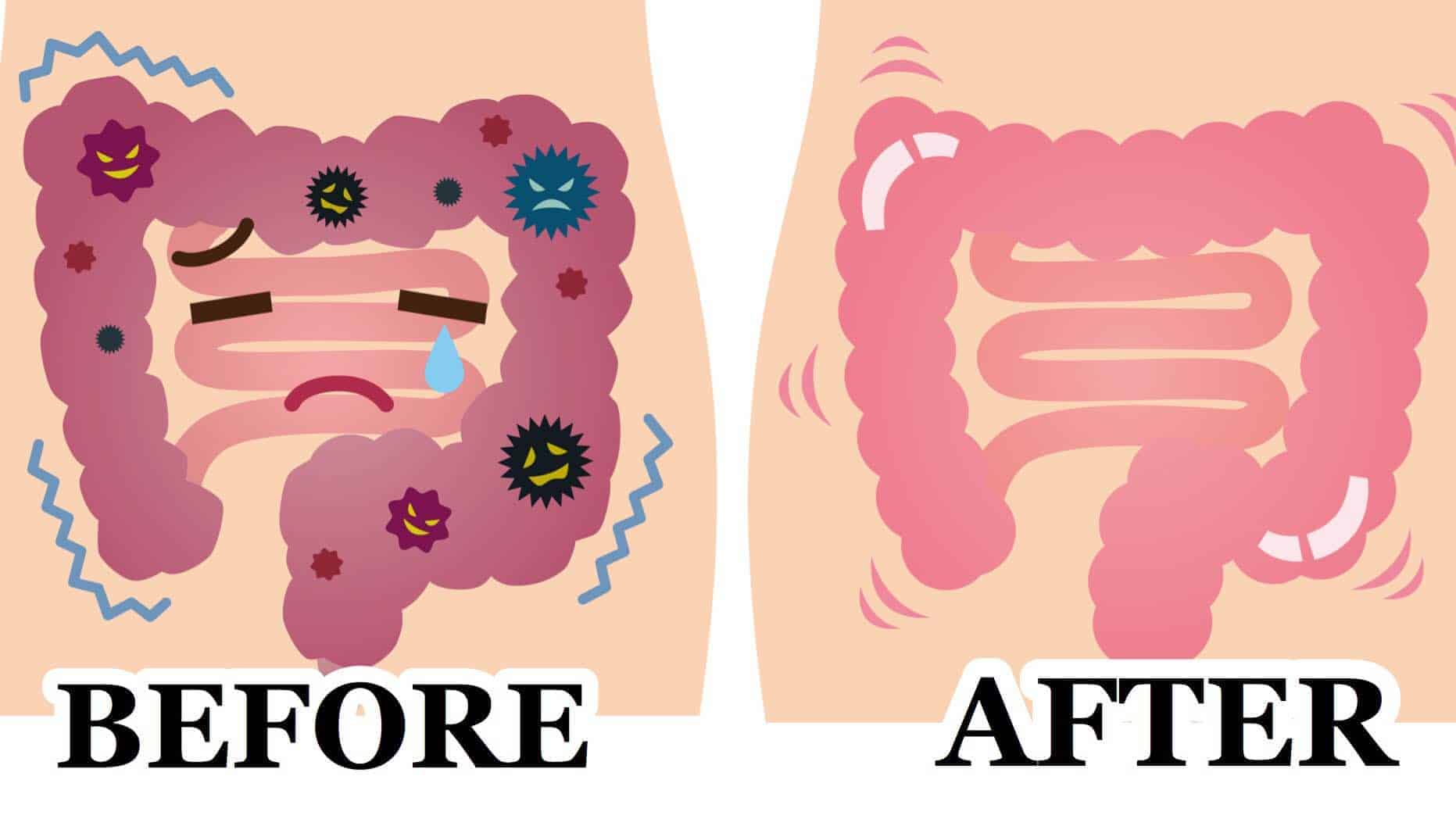Dental Filling Recovery: Reduce Pain Guide
Recovering from a dental filling can be a relatively straightforward process, but it’s common to experience some discomfort or pain after the procedure. The good news is that this discomfort is usually temporary and can be managed with the right techniques and care. In this comprehensive guide, we will explore the essential steps to reduce pain and ensure a smooth recovery after a dental filling.
Understanding the Dental Filling Process
Before we dive into the recovery process, it’s essential to understand what happens during a dental filling. A dental filling is a procedure where a dentist removes decayed tooth material and fills the cavity with a filling material, such as amalgam, composite resin, or gold. The procedure is typically performed under local anesthesia, which numbs the area around the tooth. However, once the anesthesia wears off, some patients may experience pain or sensitivity.
Immediate Post-Filling Care
In the first few hours after the procedure, it’s crucial to follow your dentist’s instructions carefully. Here are some general guidelines to keep in mind:
- Avoid eating or drinking for at least two hours after the procedure to allow the anesthesia to wear off completely.
- Stick to soft foods like yogurt, soup, or mashed potatoes for the first 24 hours to avoid putting unnecessary pressure on the filled tooth.
- Avoid chewing or biting on the filled tooth for the first 24 hours to prevent irritating the gum tissue.
Managing Pain and Discomfort
While some discomfort is common after a dental filling, there are several ways to manage pain and reduce any unpleasant symptoms. Here are some effective techniques to try:
- Over-the-counter pain relievers: Your dentist may recommend over-the-counter pain relievers like ibuprofen (Advil, Motrin) or acetaminophen (Tylenol) to help manage pain and inflammation.
- Cold compress: Applying a cold compress to the outside of your cheek near the affected tooth can help reduce swelling and ease pain.
- Desensitizing toothpaste: Using a desensitizing toothpaste containing ingredients like potassium nitrate can help alleviate sensitivity and discomfort.
- Saltwater rinse: Rinsing your mouth with warm salt water several times a day can help reduce inflammation and kill bacteria.
It's essential to note that if you experience severe pain, swelling, or bleeding after a dental filling, you should contact your dentist immediately. These symptoms can indicate a more serious issue, such as an infection or allergic reaction.
Promoting Healing and Preventing Complications
To ensure a smooth recovery and prevent any potential complications, follow these guidelines:
- Maintain good oral hygiene: Brush and floss your teeth as usual, but be gentle around the filled tooth to avoid irritating the gum tissue.
- Avoid certain foods: For the first few days, avoid eating hard, crunchy, or sticky foods that can dislodge the filling or irritate the tooth.
- Attend follow-up appointments: Schedule a follow-up appointment with your dentist to check on the filling and ensure that it’s healing properly.
Common Questions About Dental Filling Recovery
Here are some frequently asked questions about recovering from a dental filling:
How long does it take for the numbness to wear off after a dental filling?
+The numbness from the anesthesia usually wears off within 2-4 hours after the procedure.
Can I drive after a dental filling?
+Yes, you can drive after a dental filling, but it's recommended to wait until the anesthesia has worn off completely to avoid any accidents.
How long does it take for a dental filling to set?
+The filling material usually sets within a few hours, but it's recommended to avoid chewing or biting on the filled tooth for at least 24 hours to allow it to set completely.
Conclusion
Recovering from a dental filling requires some care and attention, but with the right techniques and knowledge, you can reduce pain and ensure a smooth recovery. By following your dentist’s instructions, managing pain and discomfort, and promoting healing, you can get back to your normal routine quickly and comfortably. Remember to attend follow-up appointments and maintain good oral hygiene to prevent any potential complications and ensure a healthy, beautiful smile.
